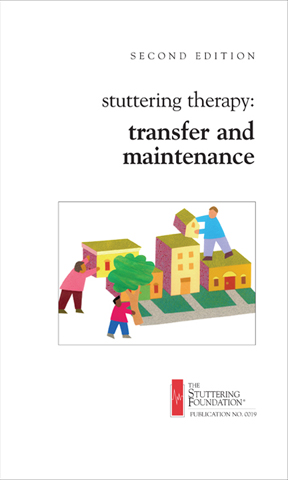If You Are Teased
Children tease each other for many different reasons. A child who is taller than the others is sometimes teased. The same may happen to a child who is very short.
You may be teased about a big nose or giant ears. About being sick a lot or about not running fast. About having red hair or about being slow at math. About not wearing the right clothes or about not having a bicycle.






 Podcast
Podcast Sign Up
Sign Up Virtual Learning
Virtual Learning Online CEUs
Online CEUs Streaming Video Library
Streaming Video Library




 By Casey Pearce
By Casey Pearce